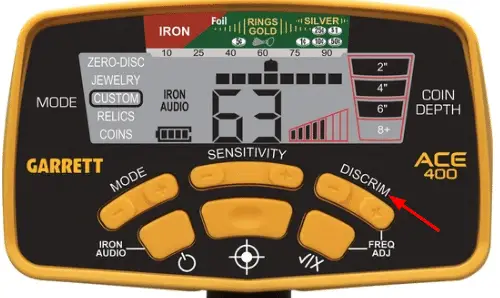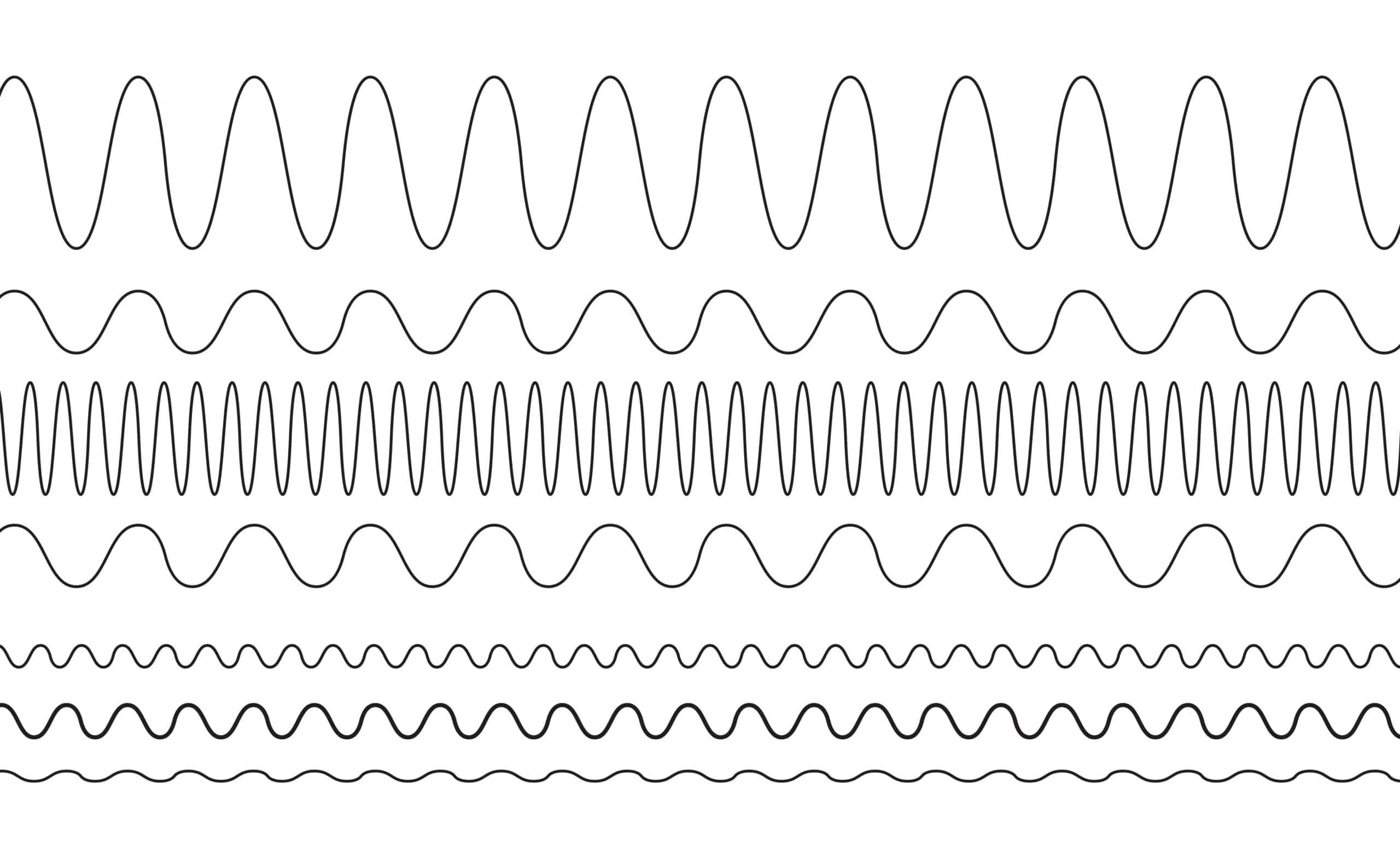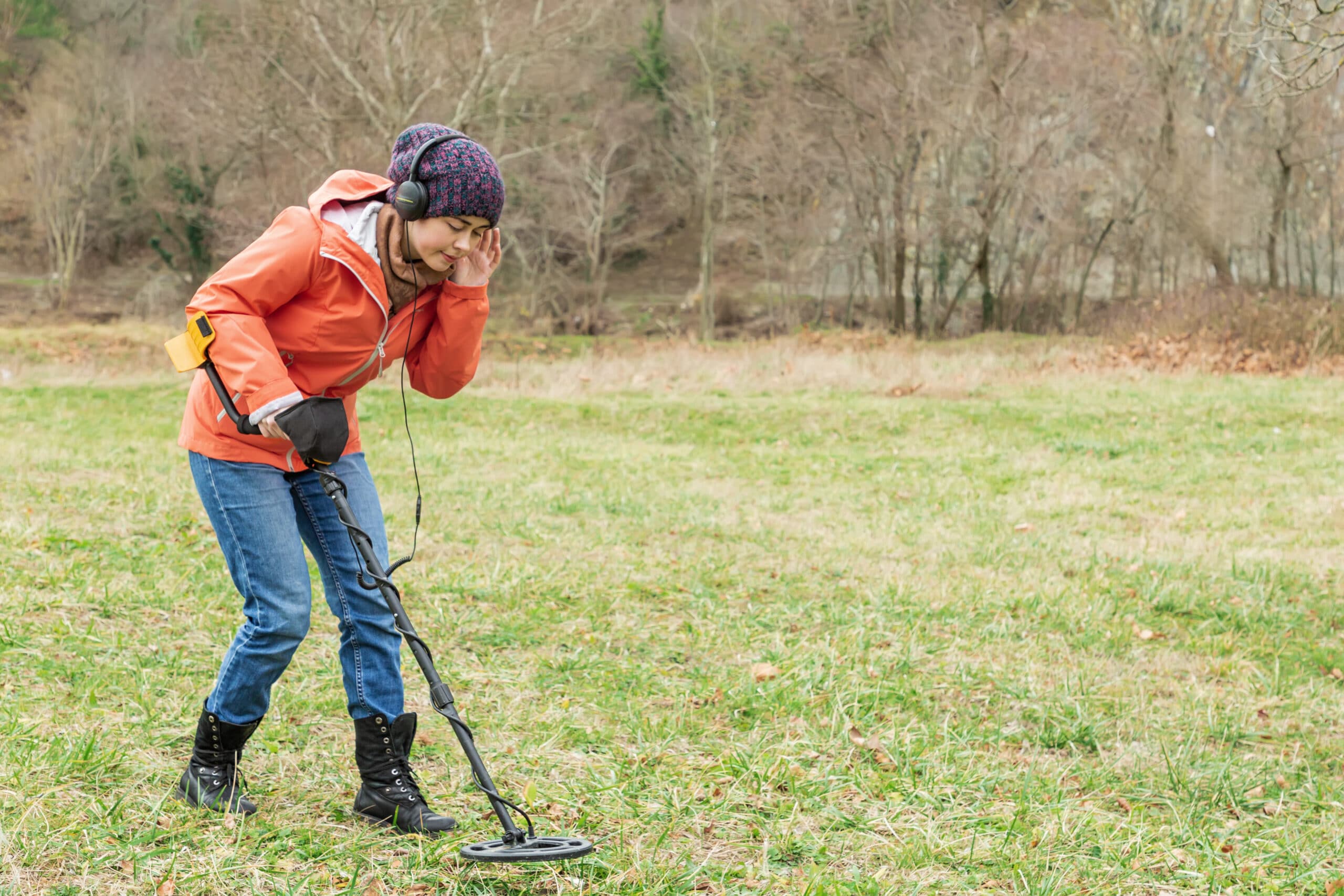Many times you run across an area that has been detected to death. How do you find treasure, that others have passed over? The best way to find treasure, that is deep in the ground is to get your metal detector to detect deeper down into the ground.
In this guide: how to get more depth with a metal detector I will explain 7 tips on what you can do to improve the depth finding capabilities of your metal detector. The 7 tips are:
- Adjust Ground Balance
- Reduce Discrimination
- How You Swing Your Metal Detector Matters
- Adjusting the Sensitivity
- Adjusting the Frequency
- Detect Deeper with Large Coils
- Wear Headphones
I will explain each one of these tips so that you will become a pro at getting your metal detector to detect at deeper depths more accurately. Let’s get started!
How To Get More Depth With a Metal Detector
The deeper your metal detector can pick up items in the ground the better chance that you will find treasure in places that have already been picked over by those that don’t use or know how to get more depth from their metal detectors.
There are 7 things you can do to get more depth from your metal detector and here they are:
Adjust the Ground Balance
Many metal detectors have what’s called ground balance. Adjusting your ground balance to the type of minerals that are in the ground that you are detecting will allow for a more accurate deeper penetration of the magnetic field into the ground.
There are three types of ground balance on detectors. They are:
- Manual Ground Balance – With the manual type of ground balance you can adjust for the amount of signal noise you receive from the ground.
- Automatic Ground Balance – Some detectors have what’s called automatic ground balance. Your detector will automatically set the ground balance for whatever type of ground you are detecting on. This is a very accurate way to ground balance and you don’t need to mess with adjustments.
- Tracking Ground Balance – If your detector has this setting it will continuously detect for the best ground balance while you search for treasure.
You will want to check your metal detector’s owner’s manual to see what type of ground balance you have on your machine. Beginner models usually will have the ground balance set by the manufacturer and if you have one of these models you will not be able to adjust for ground balance.
So keep that in mind when picking out a metal detector. A beginner metal detector that doesn’t offer the adjustment for ground balance will usually do just fine as long as the soil is not highly mineralized.
Reduce Discrimination

By reducing the discrimination setting on your metal detector you will hear most of the items in the ground. Some of them will be junk but others may be a treasure. Listen to these sounds closely and you will be ahead of the game when you come across a treasure trove!
You will want to consult the owner’s manual to get an idea of what sounds mean on your metal detector. Practicing placing different metal objects in front of the search coil and listening to what sound they make will help you get better acquainted with how your machine works and what pitches it makes.
How You Swing Your Metal Detector Matters
Pay attention to how you swing or sweep with your metal detector. The closer to the ground you swing will help the detector detect at a deeper depth. You will also want to swing your detector at a fast pace about one second per foot covered. This also helps your detector get deeper readings.
Another tip is to overlap your sweeps, this will ensure that you cover all of the ground and you won’t miss any treasure detecting opportunities. Also, keep your search coil at a consistent distance parallel to the ground.
All metal detectors are different so always consult the owner’s manual. The manufacturer might have some nuggets of information on how to swing your specific metal detector. Also practicing your swinging with different speeds will help you get a better feel for how your machine operates. Like they say practice makes perfect!
Check out the following video that demonstrates the proper swinging of a metal detector:
Adjust The Sensitivity
The Sensitivity setting plays a role in how deep you detect. Turn the sensitivity setting as high as your detector allows. By doing this you will get great depth detection but at the same time, you will be inundated with every little thing your search coil will pick up.
So although it helps with the depth detection you might not like all of the noise you will hear especially if you are detecting in trashy ground. Give it a try and see if you can stand the extra noise you will receive. Through all that noise you might just pick up that elusive hidden treasure buried deep in the ground.
Adjust The Frequency

Not all hobby metal detectors allow you to adjust the frequency. The beginner models have a factory setting between 6 to 8 kHz. For greater depth detection you will want to get a more advanced machine that allows you to adjust the frequency to between 12 and 15 kHz.
The best metal detectors for depth are called Pulse Induction detectors. PI detectors sometimes use more than one search coil allowing for detecting at greater depths. These types of detectors are many times pricy but they will get you finding treasure deeper into the ground compared to BFO or VLF metal detectors. So if you’re looking for greater depth in metal detectors then Pulse induction is the way to go.
2 Frequency Types
There are 2 types of frequencies. They are single frequency that is found in most beginner types of metal detectors like you find in the Garrett Ace Series of metal detectors. These frequencies are set by the manufacturer and can’t be adjusted. They call them Beat Frequency Oscillators.
The other type of frequency is called dual or multiple frequencies. You will find this frequency feature on your more advanced detectors like the Minelab CTX 3030.
Dual-frequency is used in Pulse induction detectors. Dual-frequency is also called Full Band Spectrum because you can run more than one frequency at a time and you can adjust the frequency as you go. This technology allows you to detect at greater depths and on different ground conditions.
Detect deeper with large coils
Larger search coils will help you at detecting objects deeper in the ground. The downside to this is that the larger the search coil is it starts to lose focus on smaller targets thus you might miss some smaller coin-sized finds. Works great for large deeply buried objects but not so well for small-sized objects.
For the best results I would go with a diameter search coil no larger than 15″. Anything larger than a 15″ circumference you will notice a drastic decline in smaller target finding capabilities of the search coil.
Digging Deeper: How Search Coils Work
Wear Headphones

Get yourself a good pair of headphones and wear them. Headphones will help you hear your targets better at greater depths. With the sensitive settings turned to the max you will hear a lot of noise and the headphones will help you distinguish the treasure from the trash.
Beware Of Fake Long Range Metal Detectors
There are metal detectors on the market that say they have long-range capabilities. These are fake claims and are expensive machines. Manufacturers of these long-range detectors exaggerate scientific claims the are utterly false claims.
I wanted to make you aware of this so you don’t get fooled. I wrote an article entitled Do Long Range Metal Detectors Really Work? Don’t Be Fooled! Check out that article for a more in-depth explanation of why long-range metal detectors don’t work.
Taking Everything Into Account
Every metal detector is different so depending on what type of metal detector you have will play a role in how much adjustment you can do to it. With beginner-type metal detectors, you might not be able to adjust the frequency or ground balance but you still can swing the detector closer to the ground, wear headphones, turn the sensitivity all the way up, reduce the discrimination and use a larger search coil to get greater depth readings.
With the more advanced models and using a Pulse Induction metal detector, you will be able to do much more adjusting than you would with a beginner’s model. Make sure to read the owner’s manual of your machine. Doing that will help you understand your detector better and may also show you other things you can do to help you detect at great depths for your particular machine.
So now you know how to get greater depths with a metal detector. I hope this article has helped you understand the adjustments that can be made with your metal detector in regards to detecting at greater depths.
If you have any questions or comments please leave them in the comments section below. Until next time Happy Treasure Hunting! I hope you discover something amazing!

Is there a sign to hunt a treasure?
Not sure what you mean Alberto?
Thank you so much. I have a Teknetics detector. Are you familiar with this one.
Hi Gerald,
You are welcome. I have never used a Teknetics metal detector but from what I have heard they are a solid machine.